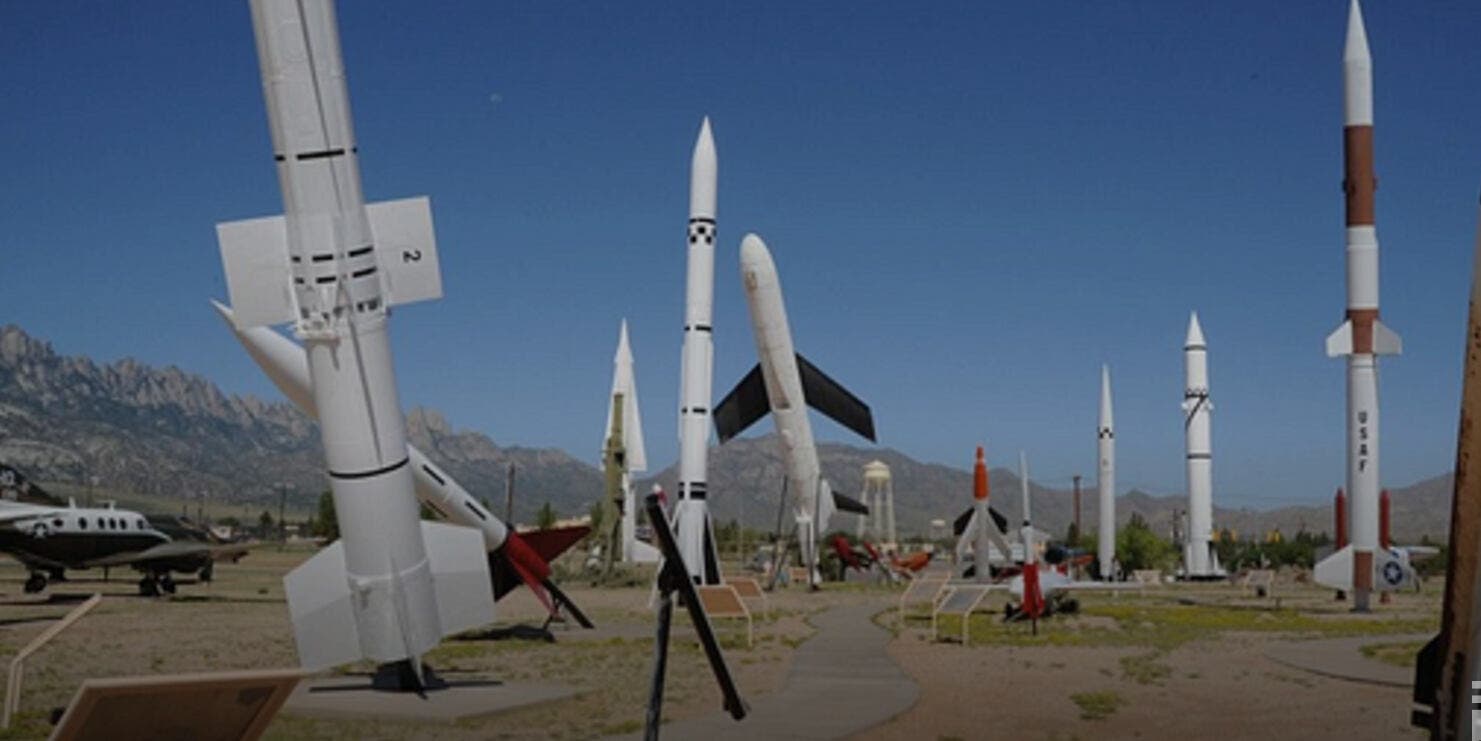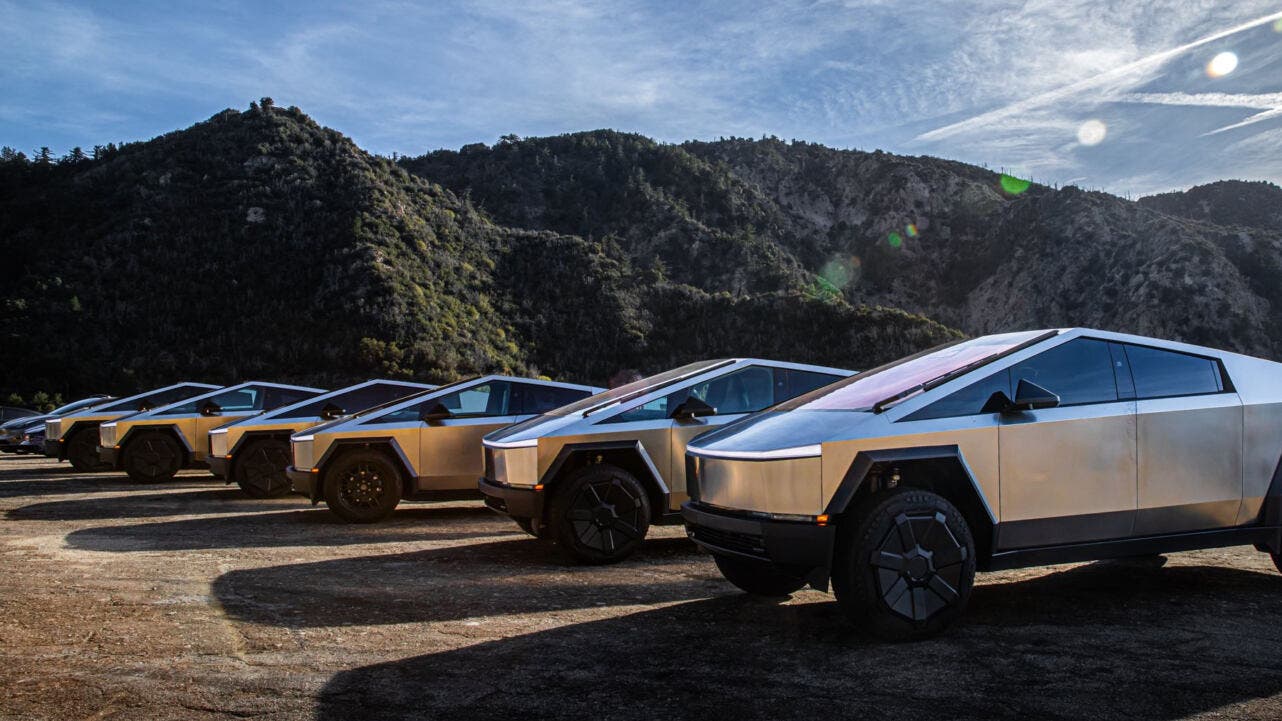The US Air Force has officially moved to purchase two Tesla Cybertrucks for an unexpected purpose: using them as target vehicles in precision-guided munitions training and testing.
The decision stems from the need to simulate realistic scenarios where adversaries might deploy these electric pickups, considered innovative and unusually resilient. According to documents released by the Air Force Test Center (AFTC), the Cybertrucks are part of a broader acquisition of 33 vehicles, from sedans to SUVs and small trucks, to be delivered to White Sands Missile Range in New Mexico.

The main goal is to support the Stand Off Precision Guided Munitions (SOPGM) program under US Special Operations Command (SOCOM), which includes advanced weapons such as AGM-114 Hellfire missiles, the AGM-176 Griffin, the GBU-39B/B Small Diameter Bomb, and the GBU-69/B glide munition.
The specific requirement for Cybertrucks demanded a formal justification. Internal documents highlight how the futuristic design, unpainted stainless-steel exoskeleton, and 48-volt electrical architecture set this pickup apart from any competitor. A market survey conducted in February 2025 found no other vehicles with comparable strength or technological features, making it a prime candidate for testing as a realistic threat.
First unveiled in 2019, the Cybertruck has sold an estimated 46,000 units so far. Elon Musk famously branded it “apocalypse-proof,” showcasing its bullet-resistant panels (glasses were breakable!). Still, the vehicle has faced backlash over safety concerns, recalls, build quality, and performance issues, even as it remains one of the most polarizing automotive icons.

Law enforcement agencies like Dubai Police have already adopted it, and the US State Department at one point considered purchasing some, though that plan was later shelved.
Controversy hasn’t been lacking either. Chechen leader Ramzan Kadyrov displayed Cybertrucks mounted with heavy machine guns, allegedly sent into the war in Ukraine, later claiming Tesla remotely disabled at least one. Such cases further fuel US military interest in preparing for possible encounters with the vehicle in conflict zones.
Ultimately, the Air Force’s move underscores how the Cybertruck is seen not only as a bold automotive statement but also as a tactical factor worth assessing. For now, the two Teslas will be under fire in the New Mexico desert.
